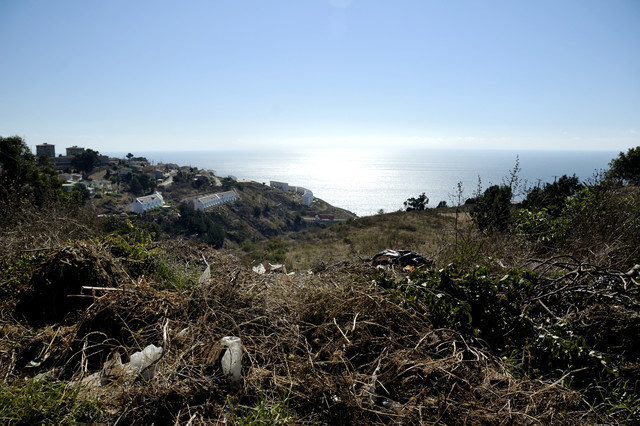Forsaken (overlapping) Utopias – Vienna Research Group
Main researchers: Carla Bobadilla, Andrea Hubin, Barbara Mahlknecht, Karin Schneider
Research string(s): models of critical pedagogy; activation of historical experiences
Hans Tietze was an Austrian art historian born in 1880 in Praha, he died in 1954 in New York. Coming from an assimilated Jewish family he and his wife Erica Tietze-Conrad, who was the first female graduate of art history in Vienna, were forced to exile after the “Anschluss” (occupation by Nazi Germany) in 1938. Tietze was not only a multifaceted art historian and cultural scientist but also active for the educational department of the new Austrian republic from 1918 till 1925 and sympathizing with the social-democratic government of “Red” Vienna´s municipality. Helping to reorganise art museums after WWI and teaching art in social housing buildings for working class people he shared the Austro marxist utopia of public learning through art. Starting with this story we propose to follow these kind of forgotten, abandoned,”forsaken” utopia – embedded e.g. in the architecture of the social housing buildings of Vienna itself – and its contradictory and problematic ideas of constructing the “new human being” from the Vienna of the 1920s to Allendes Chile of the early 1970s were fascism put an abrupt end to these kind of aesthetic and social utopia. In the practice and arts based context of the research project we will include artist Leonardo Portus to reconstruct traces of hidden visual utopia of this time in Vienna and Chile.
Starting from a mapping of the (partly forgotten) pre-fascist scene of arts education in Vienna the research will focus on continuations of modern utopian approaches between the time before and after fascism and during fascism /nazi time. The case studies include e.g. the foundation of the institute of arts education at the Academy of Fine Arts in Vienna in 1941 by the Nazis and the history of a school in Vienna that was established as “model” school for working class female students in the 1920, following a social-democratic paradigm of learning through arts and creativity. During the Nazi time this school came to be established as a Nazi elite school for girls (NAPOLA) also with an focus on arts education. After WWII it became again a model school for “learning through art” by the social democratic government in Vienna and it holds this unique position till today. People living in social housing projects in Vienna and Chile, students and teachers of the Institute of Arts Education and students and teachers of this school in Vienna will be included in the practice based research phase of the project.

